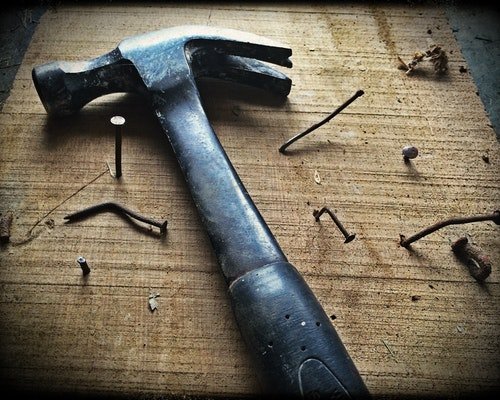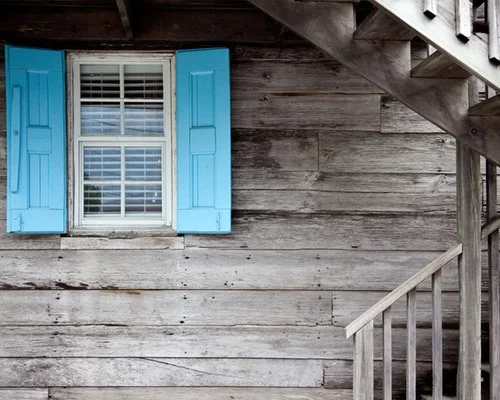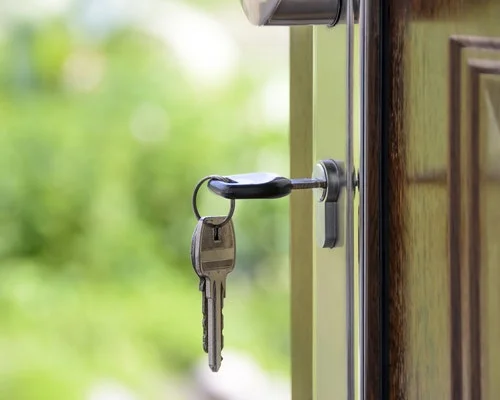There are many things you can regularly check to ensure your home is in tip-top shape.
And by staying on top of home repairs, you can potentially save yourself from unexpected and costly repairs.
Keep in mind that while checking your home, if you come across some serious issues, don’t hesitate to call a professional.
If you’re the type of person who prides themselves on being “on top of things” or you generally like to be aware of what’s going on in your home, this post will be just what you’re looking for.
However, if you’re the complete opposite and find that you’re often catching up in different situations, this post will be helpful for you too.
It’s easiest to tackle this list if you break it up by seasons. As we are drifting out of summer, we will begin with the Fall checklist.
Fall Projects
As moderate temperatures begin to settle, it’s time to pick up your rake and head outside.
This will be an essential time to prep your home for winter, especially if you live in a harsher environment.
- Clean gutters
- Inspect deck for any loose nails or screws
- Inspect roof for any damage
- Drain sediment from water heater
- Insulate exposed pipes
- Check/clean fireplace
- Tend to cracks and gaps in driveway or walkway
- Check for frayed wires
Winter Projects
Make it through another cold season without any problems by checking these items off your to do list!
- Check toilets and sinks for leaks
- Inspect hose on washing machine, dishwasher, and ice maker
- Test sump pump
- Inspect and replace any bad weather stripping around doors and windows
- Keep an eye on steps and handrails in case of ice
- Trim trees and shrubs near your house
Spring Projects
- Check roof and clean gutters
- Change AC air filter
- Schedule a septic system inspection
- Check concrete slabs for cracks and fill accordingly
- See if outside faucets suffered from freeze damage
- Replace batteries in smoke and carbon monoxide detectors
Summer Projects
- Review foundation for drainage issues
- Check basement and crawl spaces for moisture
- Keep an eye on any pests (termites, ants, etc.)
- Clean AC filter and bathroom vents
- Scrub away any mold or mildew build up outside the home
Incorporating these monthly practices into your routine will prove beneficial in the long run.
Remember that these lists are meant to serve as a helpful guide to important home maintenance projects, but if you are serious about taking care of your home and your wallet then you should follow a few more tips monthly, regardless of the season:
- Clean/replace HVAC filters
- Clean garbage disposals and kitchen drains
- Clean range hood filters
How often do you check these items off your to-do list? Are you having doubts about something you found?
While you can be on top of the ball and actively work to keep your home in good shape nothing can replace the touch of a pro.
If you come across anything concerning or you want a professional opinion don’t hesitate to call us today!






 Last Thursday, we got together with some of our most valued partners and customers to kick off the summer with an authentic Cajun crawfish boil!
Last Thursday, we got together with some of our most valued partners and customers to kick off the summer with an authentic Cajun crawfish boil! The guys at Louisiana Hot Tails showed us just how the pros really do crawfish and set us up with an awesome spread.
The guys at Louisiana Hot Tails showed us just how the pros really do crawfish and set us up with an awesome spread. It was a true Texan night full of good food, great music, and even better company!
It was a true Texan night full of good food, great music, and even better company!